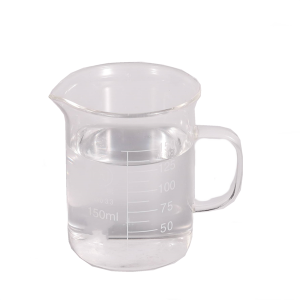Jasmonates are a collective term for jasmonic acid and its derivatives, including methyl jasmonate and isoleucine jasmonate. As a plant resistance hormone, jasmine plays a crucial role in regulating plant growth, development, and stress response. It is widely used for increasing yield and improving quality, resisting cold and freezing, and resisting insect pests. The United States and Japan have already invested jasmine in agricultural production, achieving remarkable results in improving the fruit quality and defense capabilities of crops such as apples, grapes, and citrus. Jasmine is now among the main force of biopesticides due to its strong ability to resist pests and diseases.
In addition, jasmine occupies a place in the cosmetics industry due to its unique aroma. As a jasmine derivative, methyl dihydrojasmonate, known as “synthetic jasmine”, is one of the most widely used products in the fragrance industry. It was first used in Dior’s “Eau Sauvage” perfume, and is now used in almost all types of perfume.
However, jasmine mainly comes from traditional plant extraction, but the low content in plants and the cumbersome extraction process lead to an increase in production costs to varying degrees; The complex three-dimensional configuration poses many challenges to chemical total synthesis, and various production difficulties seriously limit the large-scale application of jasmine.
On November 14, 2023, researcher Luo Xiaozhou of Synthetic Biology, Shenzhen Institute of Advanced Technology, Chinese Academy of Sciences, and Jay D. Professor Keasling’s research group published a research paper titled “Engineering Yeast for de novo synthesis of jasmonates” in the journal Nature Synthesis.
This study addresses the challenges faced by the current production of plant hormone jasmine, such as high chemical synthesis difficulty and low plant extraction yield. It proposes to reconstruct the biosynthetic pathway of jasmine in brewing yeast, establish microbial cell factories to achieve efficient and green production, and pave the way for the large-scale application of jasmine in agriculture and cosmetics industry.
The synthesis process of jasmine in plants is complex, with long pathways and diverse enzymatic types. It also involves the transport of intermediate products between different organelles: phospholipase first α- Linolenic acid( α- LeA is released from the chloroplast membrane; α- LeA is catalyzed by a multi enzyme complex within chloroplasts to form 12-oxo-phytodienoic acid (OPDA); OPDA undergoes 3 rounds in peroxisomes β- Oxidation generates jasmonic acid (JA); JA is converted into downstream derivatives such as methyl jasmonate (MeJA) and jasmonic acid isoleucine (JA-Ile) in the cytoplasm.
The recognized safe brewing yeast, which contains multiple organelles, has been prioritized by the team as the microbial substrate for the de novo heterologous synthesis of jasmine. The complexity of synthetic pathways poses many challenges for reconstruction work, among which finding suitable intermediates in yeast α- The synthesis site of LeA and OPDA is the primary challenge to be addressed in pathway reconstruction.
Post time: Apr-15-2024
